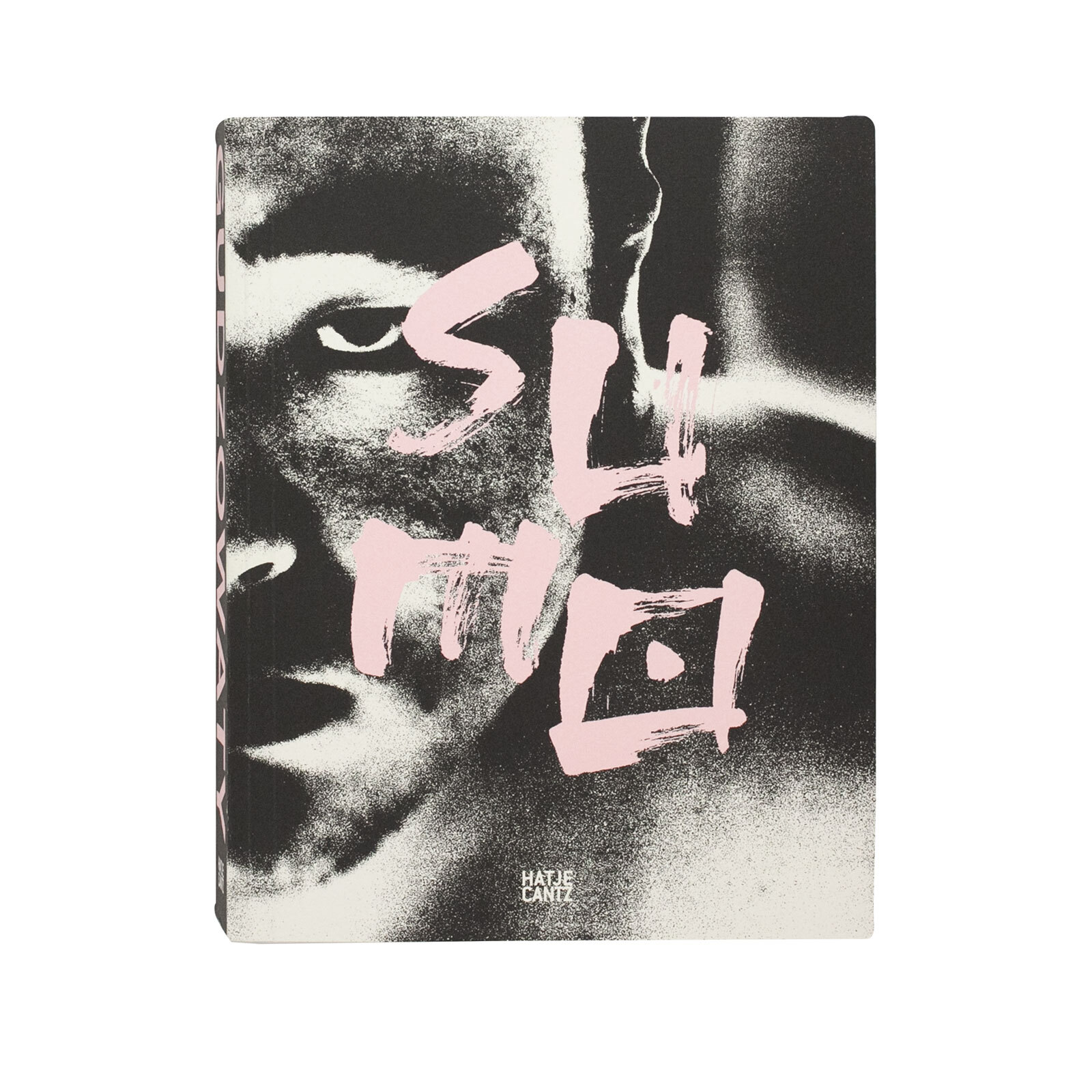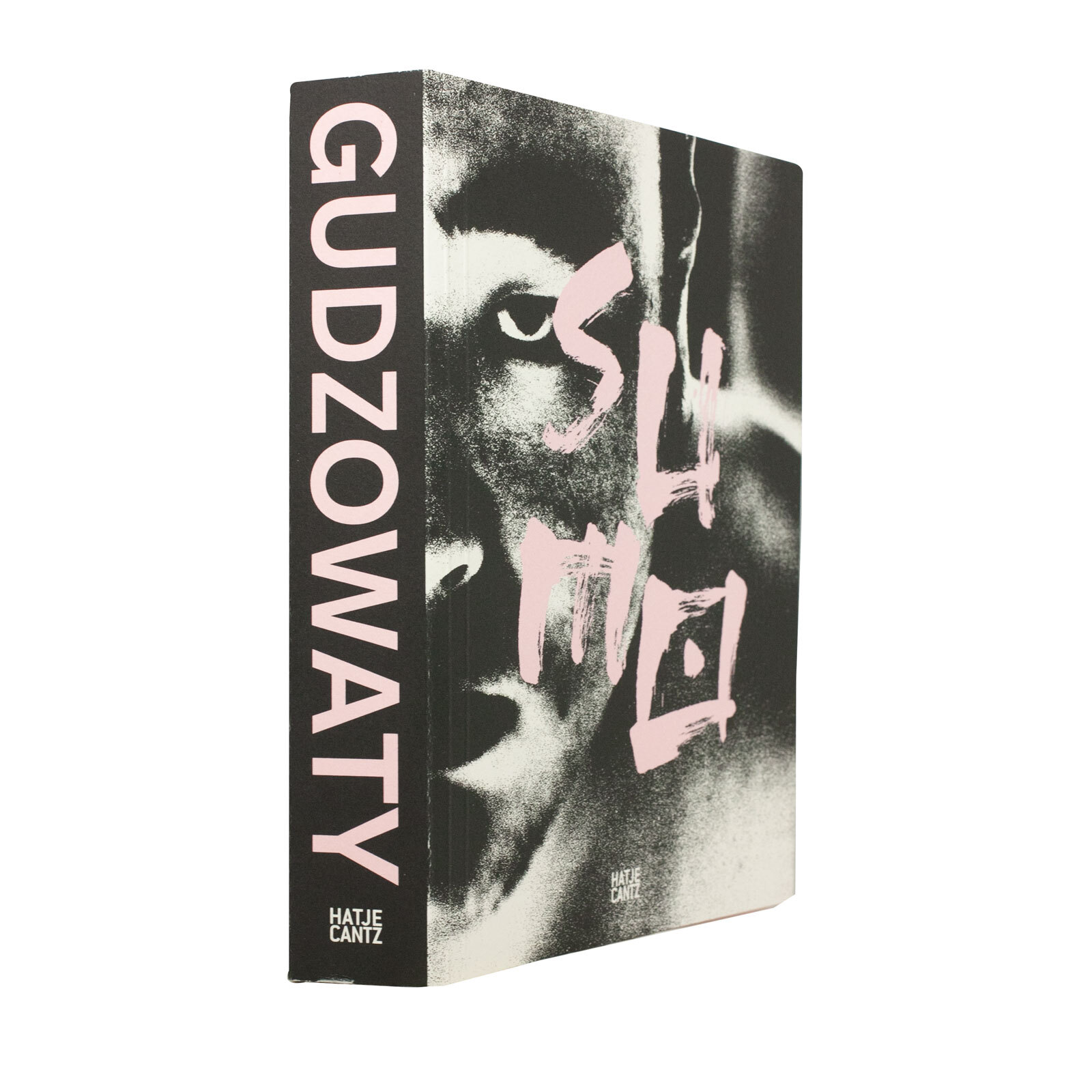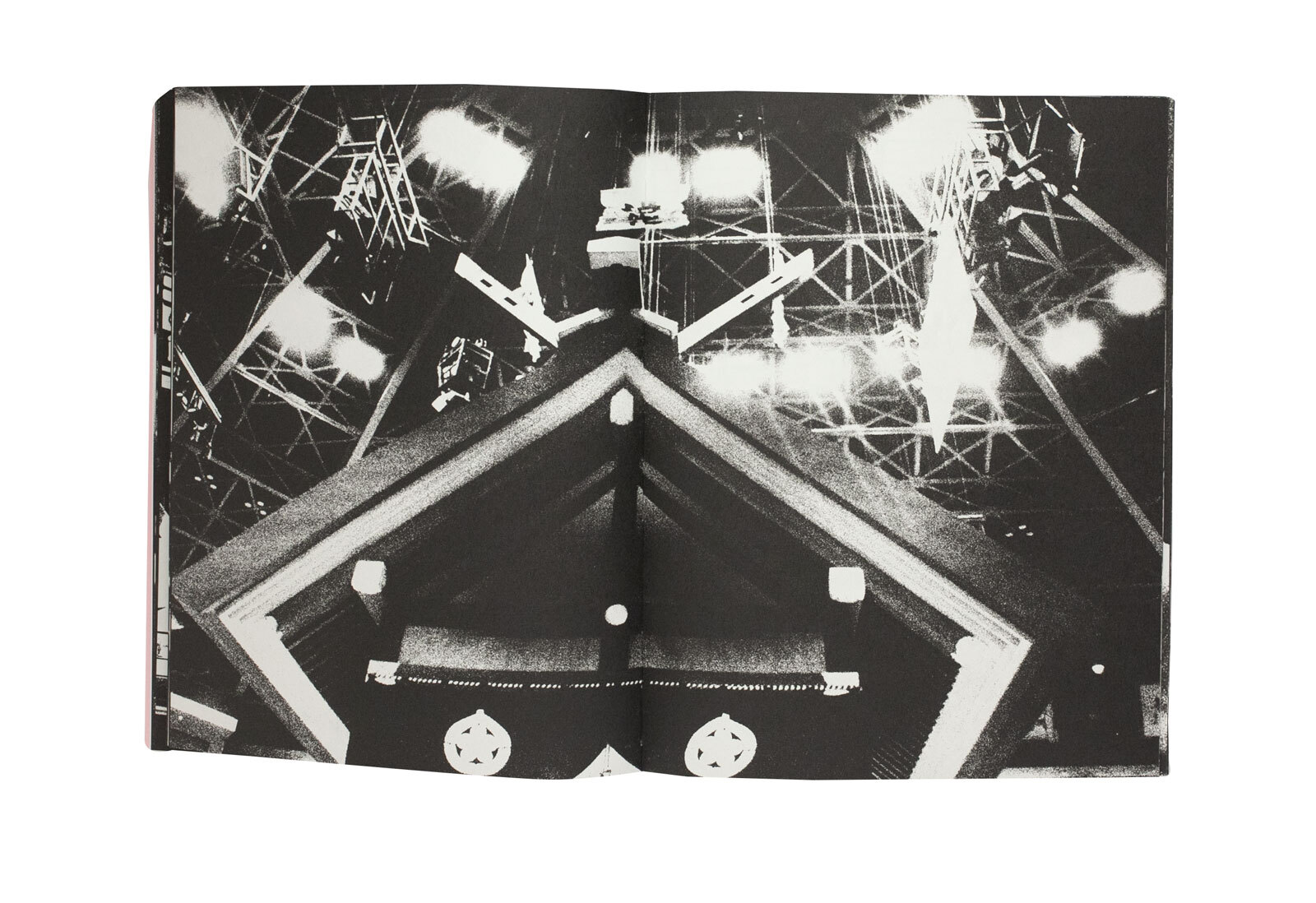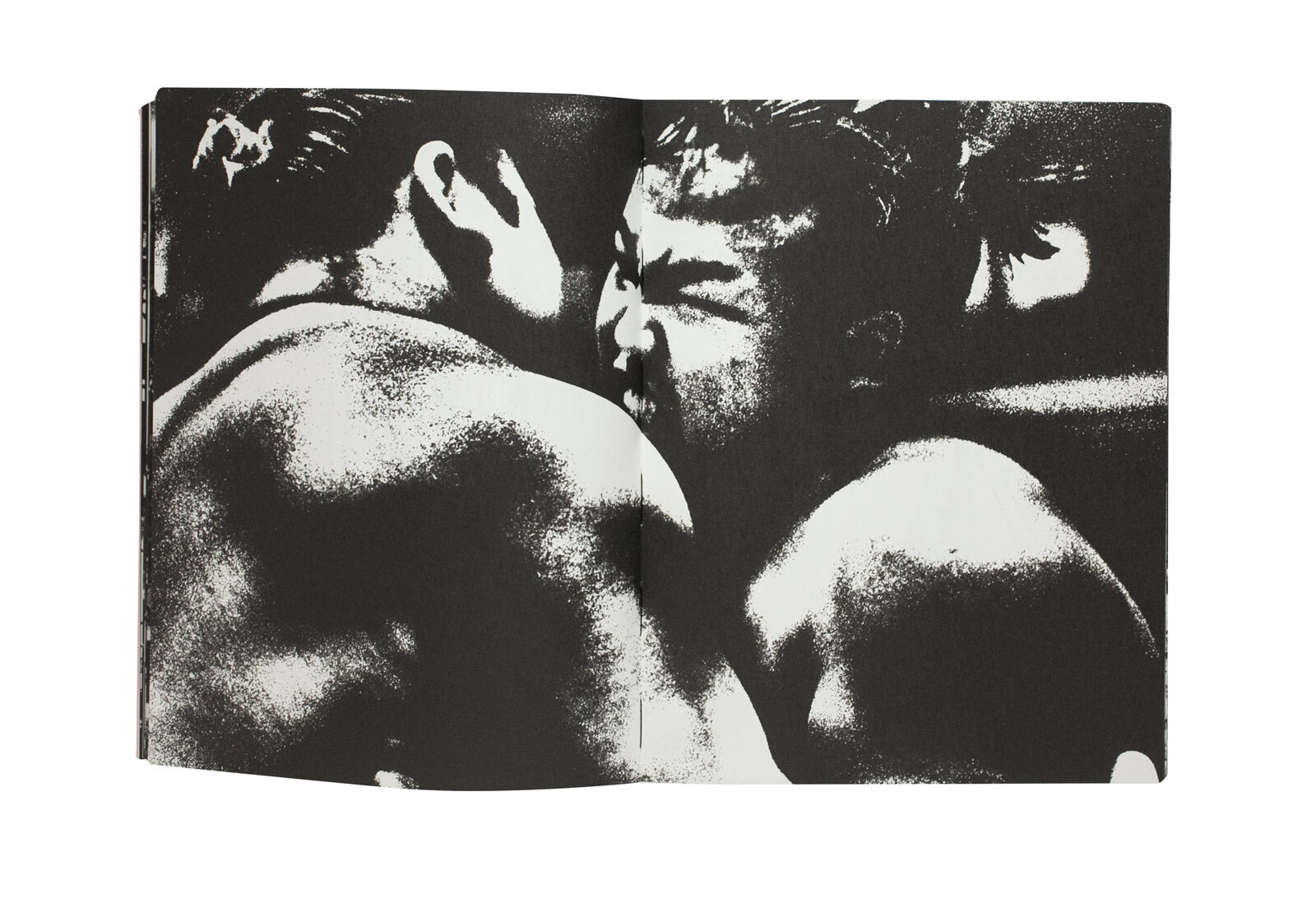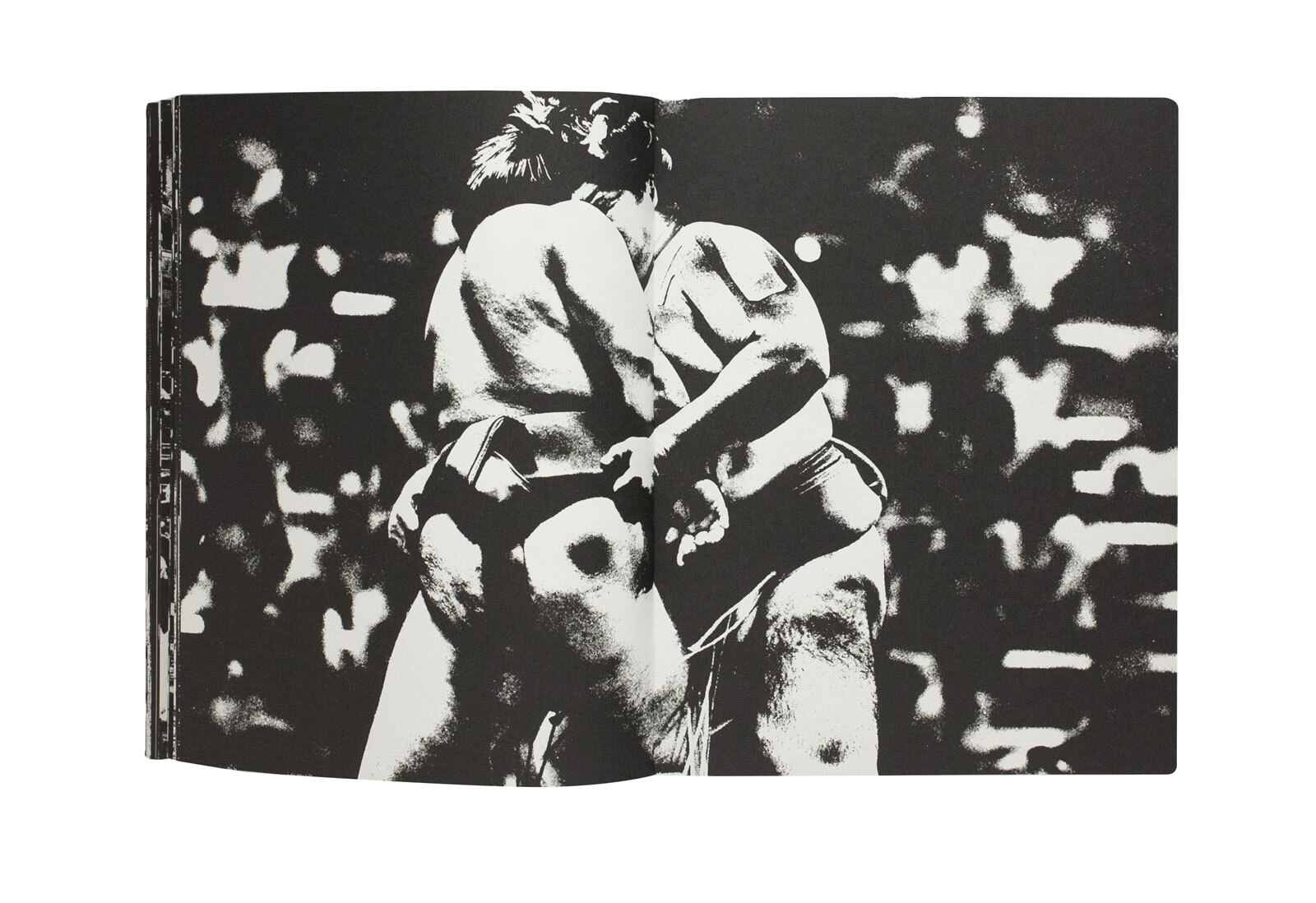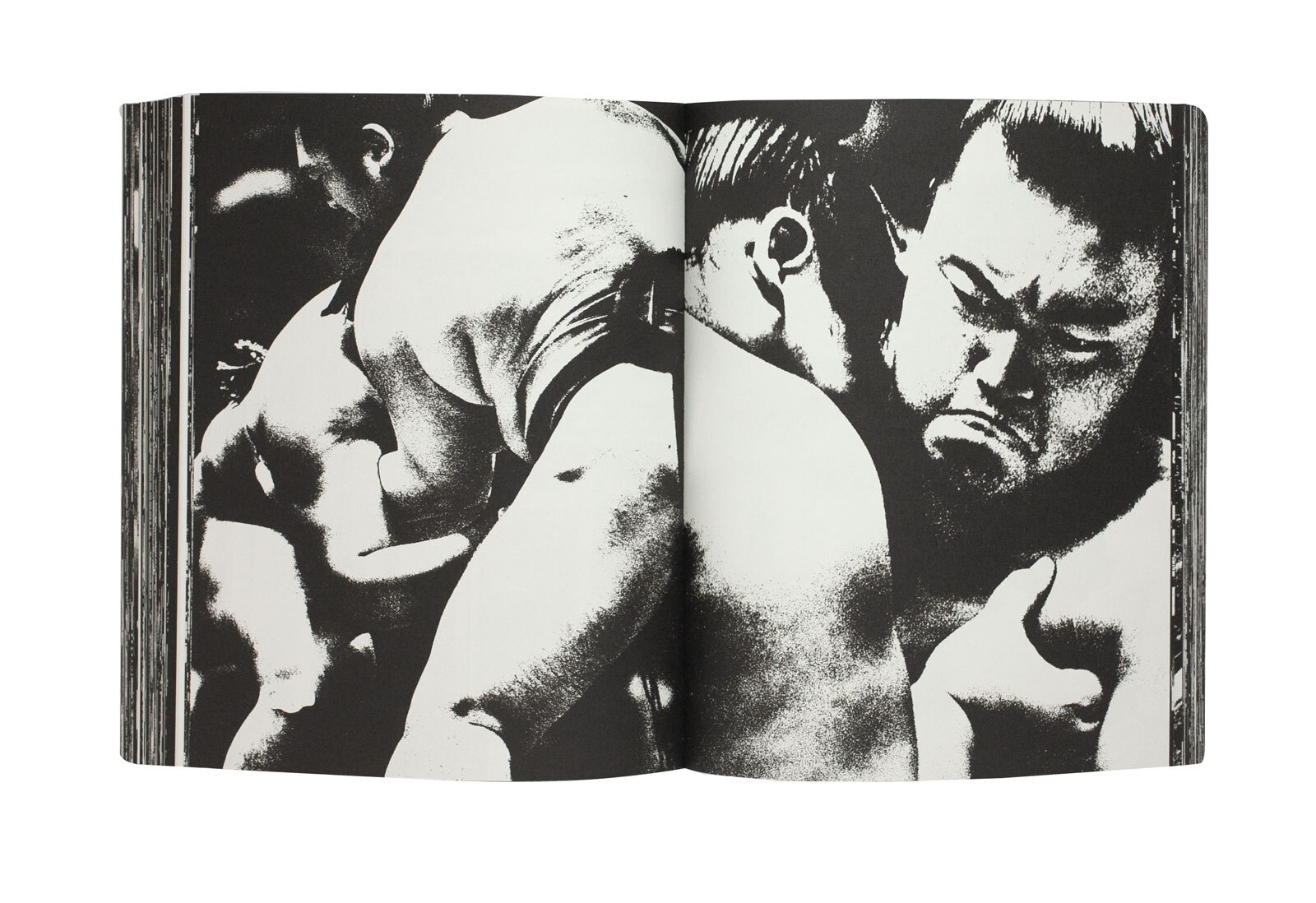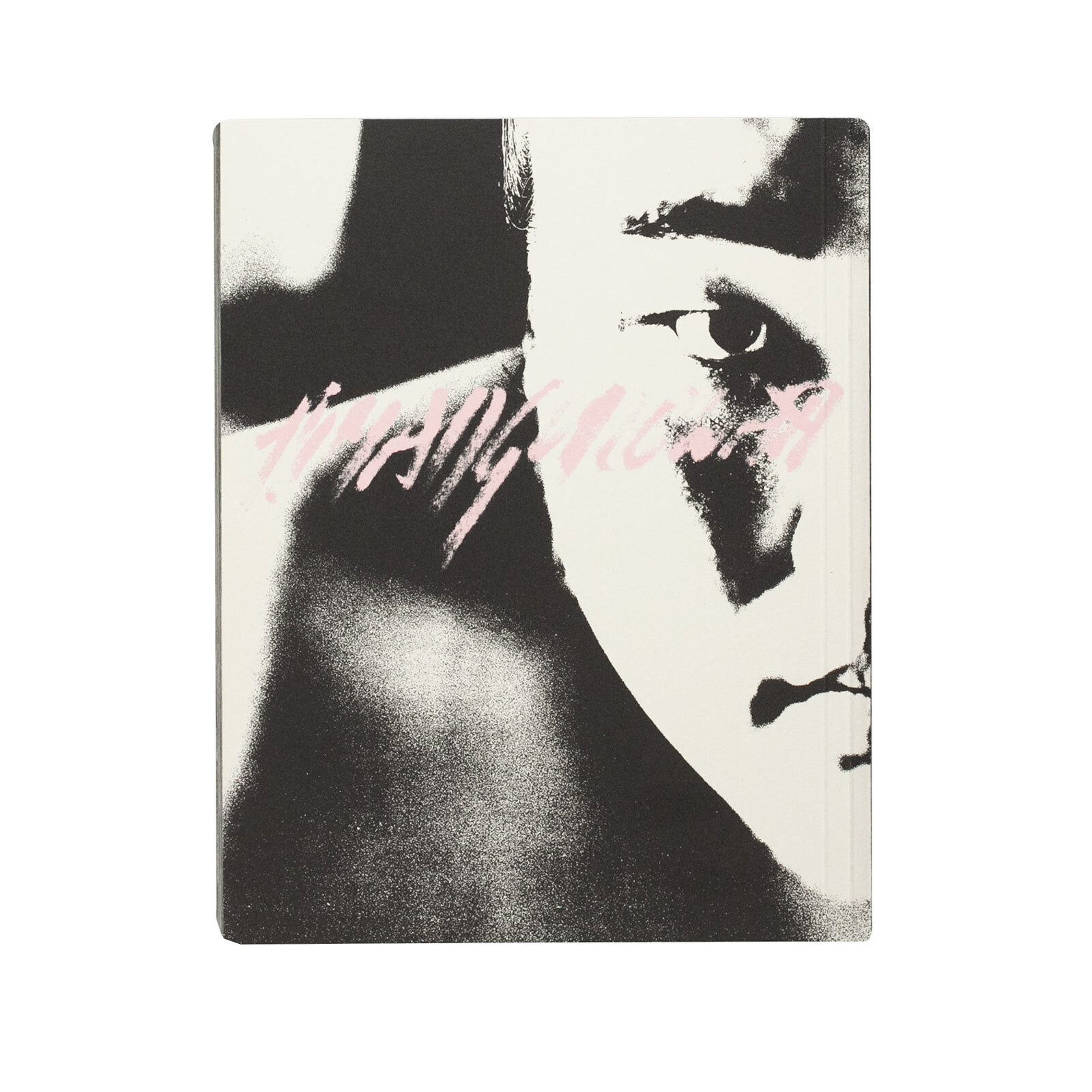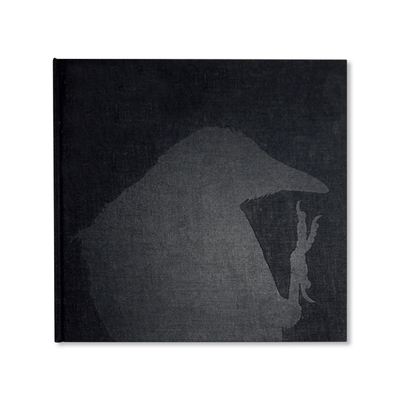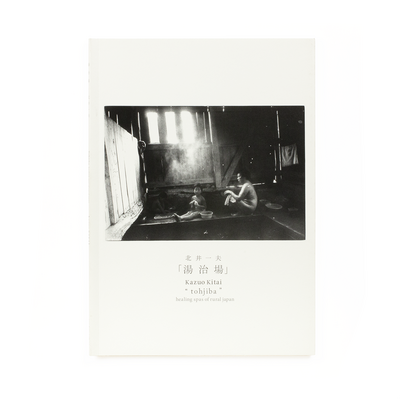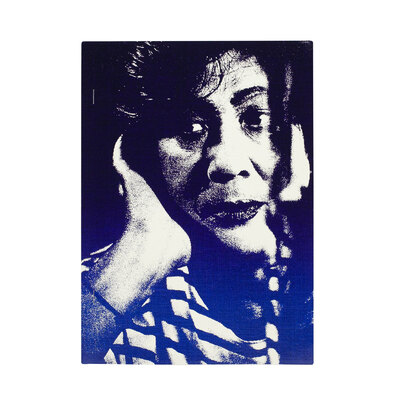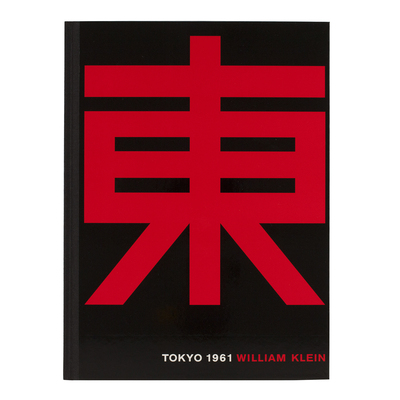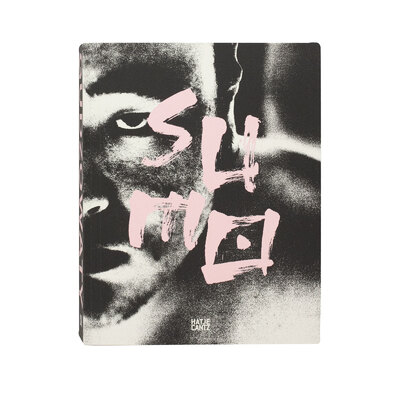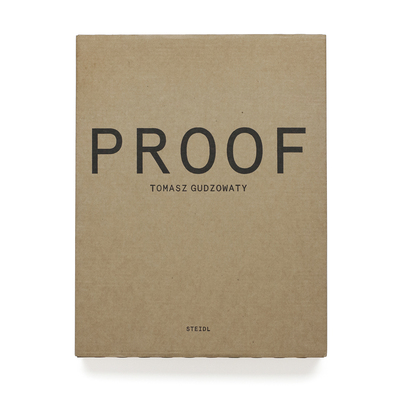Sumo
In his book "Sumo," Polish portrait and documentary photographer Tomasz Gudzowaty pursues an approach quite different from his usually rational and precise compositions. In order to capture the Japanese sport of sumo not only visually, but to get to its core, its essence, Gudzowaty adopts the Japanese are-bure-bokeh style of photography popularized in the 1960s by photographers such as Daido Moriyama and Takuma Nakahira. But Gudzowaty does not merely mimic the style; he inhabits it, makes it his own, and uses it thoughtfully, for example, to highlight the facial expressions of sumo wrestlers during a match or to separate the sumo ring from its surroundings.
Gudzowaty's "Sumo" series is extensive; scenes of the imposing fights are, of course, frequent in the book, but Gudzowaty also captures life behind the scenes. We see sumo wrestlers training and preparing, find out where and how they sleep, eat, live and socialize, and accompany them on their travels through Japan's cities and along its rural roads.
In the middle of the book is a longer text by Tomasz Gudzowaty about his fascination with sumo and the nature of fighting.
“I hope that one day, all my children will understand what this book is about. I hope they won’t lose their instinct – because that’s what allows them to see the world as it is and not as it looks. I’d like them to have the courage to fight, and to respect tradition. I’d like them to feel a connection with the past, because that’s where we come from and it’s known for sure – unlike where the world is heading.”
― from Tomasz Gudzowaty’s essay
$86.01
Checkout This item has been added to your cart.
- Book Size
- 232 × 184 mm
- Pages
- 432 pages, 300 images
- Binding
- Softcover
- Publication Year
- 2023
- Language
- English
- ISBN
- 978-3-7757-5195-7
